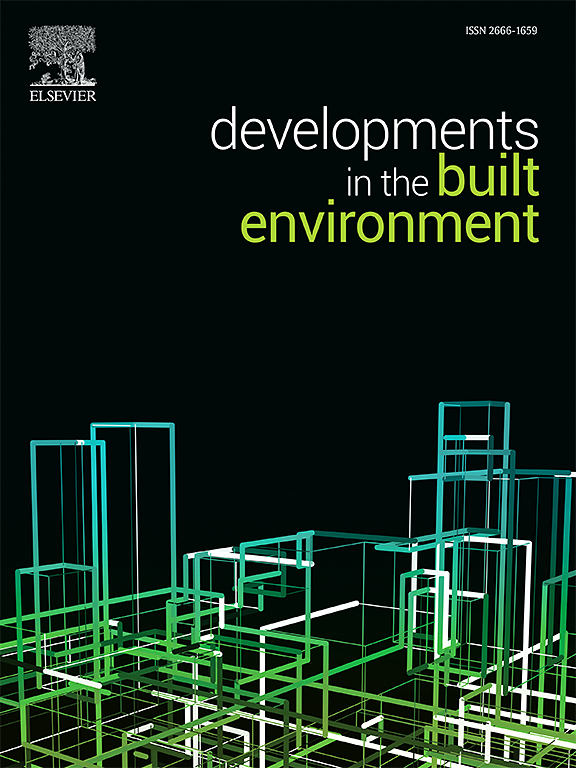基于三维探地雷达特征点张量投票的半刚性基层沥青路面裂缝检测
IF 6.2
2区 工程技术
Q1 CONSTRUCTION & BUILDING TECHNOLOGY
引用次数: 0
摘要
三维探地雷达(3D-GPR)在沥青路面隐蔽裂缝的无损检测中得到了广泛的应用。然而,由于隐伏裂缝的探地雷达回波特性较弱,且容易受到环境噪声的影响,裂缝回波特征的自动识别一直面临着很大的挑战。为了解决这一问题,采用3D-GPR高效、无损的道路结构检测,利用特征点张量投票的方法收集和提取了大量半刚性基层裂纹图像。本文采用ECA-ResNet网络对雷达图像进行网格化处理,以检测到的裂缝网格中心点作为特征点,采用张量投票算法重构裂缝的连续路径。结果表明,该方法裂缝提取率达到90%,优于YOLOv5、Fast R-CNN等传统目标检测网络,为路面裂缝快速无损检测提供了有效工具。本文章由计算机程序翻译,如有差异,请以英文原文为准。
Three-dimensional ground-penetrating radar-based feature point tensor voting for semi-rigid base asphalt pavement crack detection
Three-dimensional Ground penetrating radar (3D-GPR) has been widely applied in nondestructive testing of concealed cracks within asphalt pavement. However, due to the weak GPR echo characteristics of concealed cracks and their susceptibility to environmental noise, automatic recognition of crack echo features has always faced significant challenges. To address this issue, numerous semi-rigid base crack images were collected and extracted using feature point tensor voting with 3D-GPR's efficient, non-destructive road structure detection. In this paper, the radar image is gridded by the ECA-ResNet network, and the center point of the detected crack grid is used as the feature point, and the continuous path of the crack is reconstructed by the tensor voting algorithm. The results show that this method achieves 90% crack extraction, which is superior to traditional target detection networks such as YOLOv5 and Fast R-CNN, providing an effective tool for rapid non-destructive detection of pavement cracks.
求助全文
通过发布文献求助,成功后即可免费获取论文全文。
去求助
来源期刊

Developments in the Built Environment
Multiple-
CiteScore
7.40
自引率
1.20%
发文量
31
审稿时长
22 days
期刊介绍:
Developments in the Built Environment (DIBE) is a recently established peer-reviewed gold open access journal, ensuring that all accepted articles are permanently and freely accessible. Focused on civil engineering and the built environment, DIBE publishes original papers and short communications. Encompassing topics such as construction materials and building sustainability, the journal adopts a holistic approach with the aim of benefiting the community.
 求助内容:
求助内容: 应助结果提醒方式:
应助结果提醒方式:


